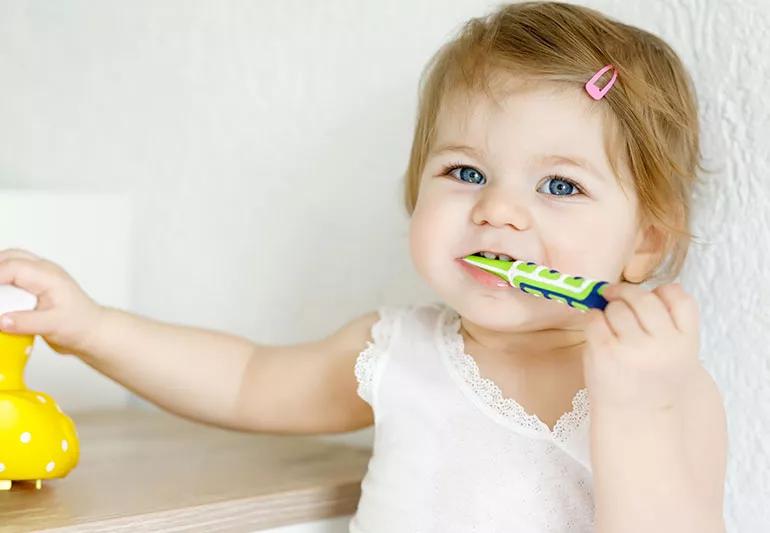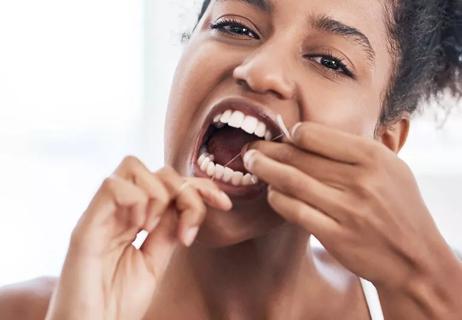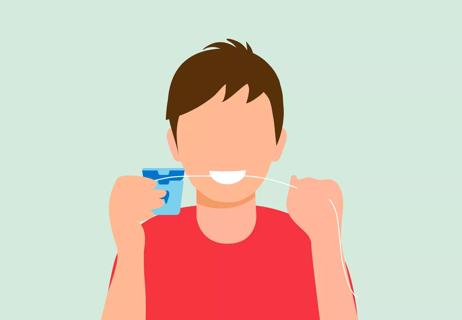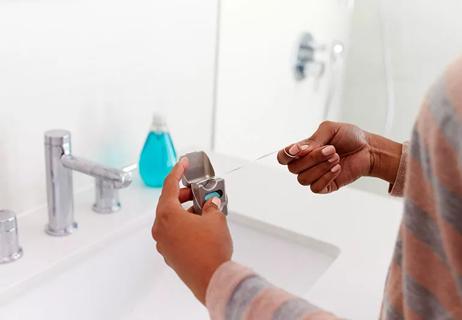Study finds 80% of kids don't brush early enough

Brushing at least twice a day, every day, is what is recommended to keep teeth healthy and cavity-free. But, according to a recent report, from the Centers for Disease Control and Prevention, 80% of U.S. children start brushing later than they should.
Advertisement
Cleveland Clinic is a non-profit academic medical center. Advertising on our site helps support our mission. We do not endorse non-Cleveland Clinic products or services. Policy
“What the study found is while the recommendation is for kids to start brushing as soon as they have their first tooth, there were a significant percentage of kids who started brushing much later than that ― some as late as 2 and 3 years old or older,” says pediatrician Kimberly Giuliano, MD, who did not take part in the study.
If children start brushing too late, they’ll start to develop plaque and tartar buildup on their teeth, which can lead to cavities, Dr. Giuliano explains. And cavities in young teeth can be equally as damaging as they are in adult teeth.
And it’s not just those baby teeth that are at stake. Dr. Giuliano says inadequate brushing can also cause bacteria to develop in the body, which can lead to inflammation and disease ― not just in the mouth, but throughout the child’s entire body.
It’s important for parents to get children excited about brushing their teeth at a young age, Dr. Giuliano says. Then once they are old enough, allow them to start learning to brush their own teeth with supervision.
Start brushing as soon as your child has a tooth. Develop the habit early, and the child will want to do it. They will have less fear of doing it, and have less resistance around that task we’re asking them to do at least twice a day, every single day.
The study also found many children are using too much toothpaste. Because children sometimes swallow their toothpaste, ingesting too much can lead to a condition called fluorosis.
Advertisement
Fluorosis causes deposits in the developing teeth, leading to pits and discoloration ― and those stains are permanent.
For this reason, fluorinated toothpaste isn’t recommended for children under the age of 2.
“Once children are at the age of 2, we recommend that they use the amount of toothpaste that’s the size of a grain of rice,” Dr. Giuliano says. “Between the ages of 3 and 6, they can just do a pea-sized amount of fluorinated toothpaste on the toothbrush.”
Using the appropriate amount of toothpaste with each brushing will keep kids safe, even if they accidentally swallow some, she says.
Advertisement
Learn more about our editorial process.
Advertisement

The earlier they come in, the sooner they fall out

The short answer from a pediatric dentist

You can do damage to fillings, crowns and even your teeth themselves

Studies show they do a better job than manual brushes at removing plaque and debris

Your toothbrush can’t reach the area where your teeth meet your gum line

Flossing first might be a tad more beneficial, but it’s most important that you DO brush and floss

The most common cause is a buildup of plaque, bacteria and tartar

Type 2 diabetes isn’t inevitable with these dietary changes

Applying a hot or cold compress can help with pain